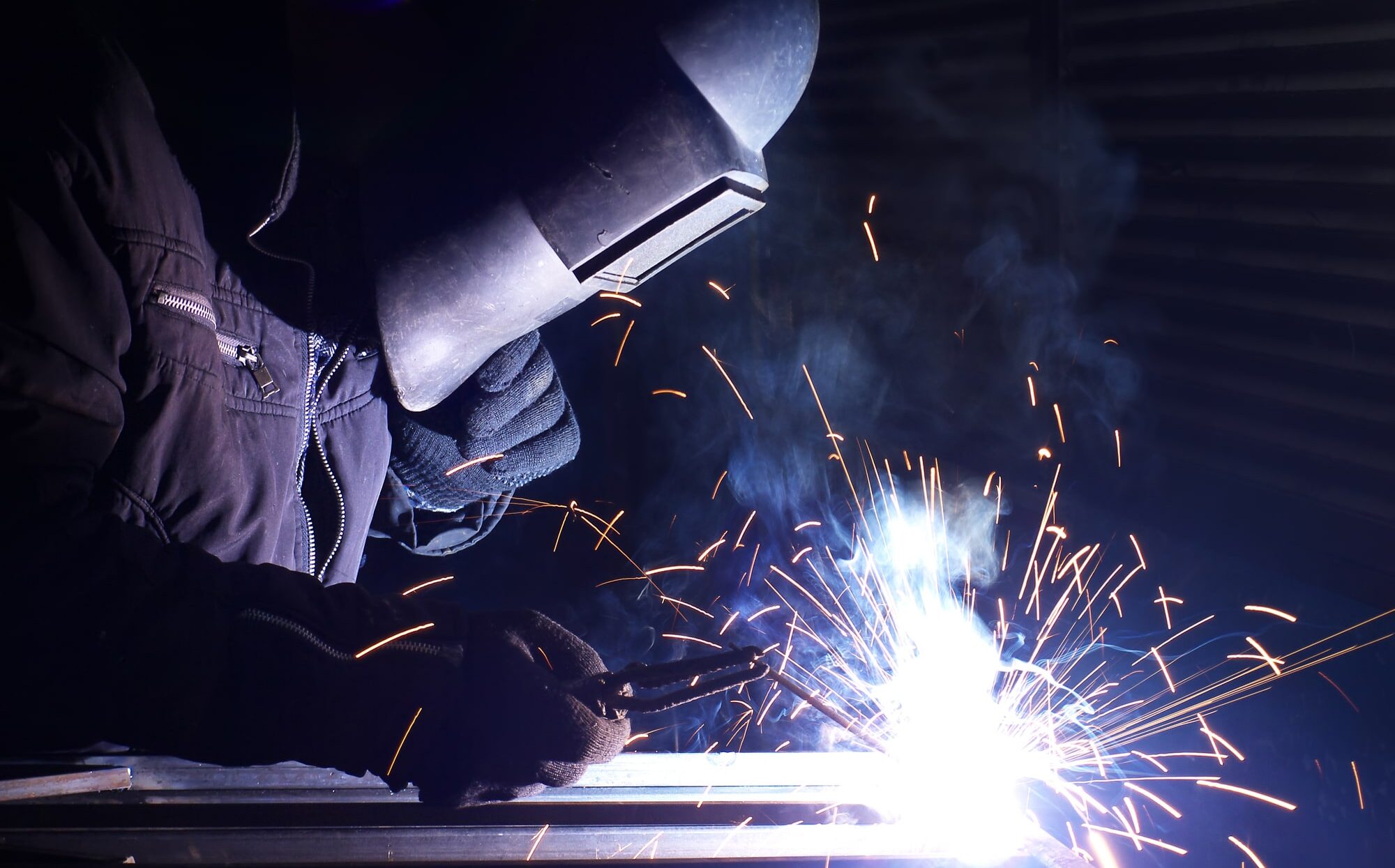The Significance of Welding WPS: Guaranteeing High Quality and Safety in Your Projects
The Ultimate Overview to Welding WPS Procedures: A Thorough Review for Welders
In the detailed world of welding, Welding Procedure Requirements (WPS) function as the foundation of making sure top quality, consistency, and safety in welding procedures. Comprehending the nuances of producing, implementing, and keeping an eye on WPS treatments is crucial for welders looking to boost their craft and fulfill sector requirements. As we explore the numerous parts of a WPS and check out the complexities of qualification and accreditation, we will certainly discover the vital role these procedures play in the world of welding. Let's start a trip to unravel the intricacies and significance of WPS treatments in welding techniques.
Relevance of WPS Procedures
Recognizing the importance of Welding Procedure Specs (WPS) procedures is crucial for making certain the high quality and honesty of welded structures. WPS procedures act as a roadmap for welders, outlining the necessary actions, criteria, and products needed to attain a sound weld. By adhering to WPS guidelines, welders can make certain consistency in their job, bring about reliable and structurally audio welds.
One of the key reasons why WPS treatments are crucial is their duty in maintaining weld quality and honesty. Complying with the specified welding specifications and methods described in the WPS assists protect against flaws such as porosity, fracturing, or incomplete blend, which can endanger the stamina and longevity of the weld.

Elements of a WPS
A Welding Treatment Spec (WPS) generally consists of important elements that information the particular needs for performing a weld, making sure uniformity and quality in the welding process. The key elements of a WPS include important variables such as base metals, filler metals, preheat and interpass temperatures, welding processes, protecting gases, welding positions, and post-weld heat treatment requirements.
Base metals refer to the products being signed up with, while filler metals are utilized to fill up the space between the base steels during welding. The welding process lays out the specific strategy to be used, whether it's gas metal arc welding (GMAW), shielded metal arc welding (SMAW), or one more technique. Welding positions specify the positionings in which welding can be done.

Certification and Qualification
Having actually established the important parts of a Welding Procedure Spec (WPS), the focus currently moves towards the crucial elements of qualification and qualification in welding methods.

Qualification, on the other hand, is the official acknowledgment of a welder's qualifications by a relevant qualification body or company. Welding certifications are typically based on the specific welding procedures, products, and positions a welder is certified to deal with. Holding a valid welding accreditation shows that a welder satisfies market standards and is qualified to perform welding jobs to the needed specifications.
Producing a WPS
To create a Welding Treatment Spec (WPS) that satisfies sector requirements, cautious factor to consider of welding processes, materials, and functional parameters is crucial (welding WPS). The initial action in producing a WPS is to determine the welding process to be used, such as gas metal arc welding (GMAW) or protected steel arc welding (SMAW) As soon as the welding process is figured out, the next vital aspect is picking the ideal materials, thinking about elements like base metal type, thickness, and joint layout. Functional parameters such as welding existing, voltage, travel speed, and securing gas make-up need to also be meticulously specified in the WPS.

Applying and Monitoring WPS
Upon settling the detailed Welding Treatment Requirements (WPS) that thoroughly information welding processes, products, functional criteria, and top quality guarantee steps, the emphasis moves to successfully carrying out and checking the well-known treatments. Application includes ensuring that all welders included in the task are familiar with the WPS and follow it carefully during the welding procedure. Reliable execution and monitoring of the WPS are vital for making sure the integrity, stamina, and safety and security of the welded joints, ultimately contributing to the total success of the welding task.
Conclusion
To conclude, understanding and complying with Welding Treatment Requirements (WPS) is essential for welders to make certain top quality, uniformity, and safety in their job. By recognizing the components of a WPS, obtaining correct certifications and qualifications, developing thorough procedures, and implementing and monitoring them successfully, welders can enhance their abilities and effectiveness in welding methods. Following WPS treatments is crucial for creating top notch welds and meeting industry standards.
In the intricate globe of welding, Welding Procedure Specifications (WPS) serve as the backbone of making sure quality, uniformity, and safety in welding procedures. The welding procedure describes the particular technique to be made use of, whether it's gas metal arc welding (GMAW), protected metal arc welding (SMAW), or one more technique.To develop a Welding Procedure Specification (WPS) that satisfies sector criteria, cautious consideration of news welding processes, materials, and operational criteria is vital. The first step in producing a WPS is to determine the welding procedure to be utilized, such as gas steel arc welding (GMAW) or protected steel arc welding (SMAW)Upon wrapping up the comprehensive Welding Treatment Specification (WPS) that meticulously details welding processes, materials, functional specifications, and quality guarantee measures, the focus moves to successfully executing and checking the well established treatments.